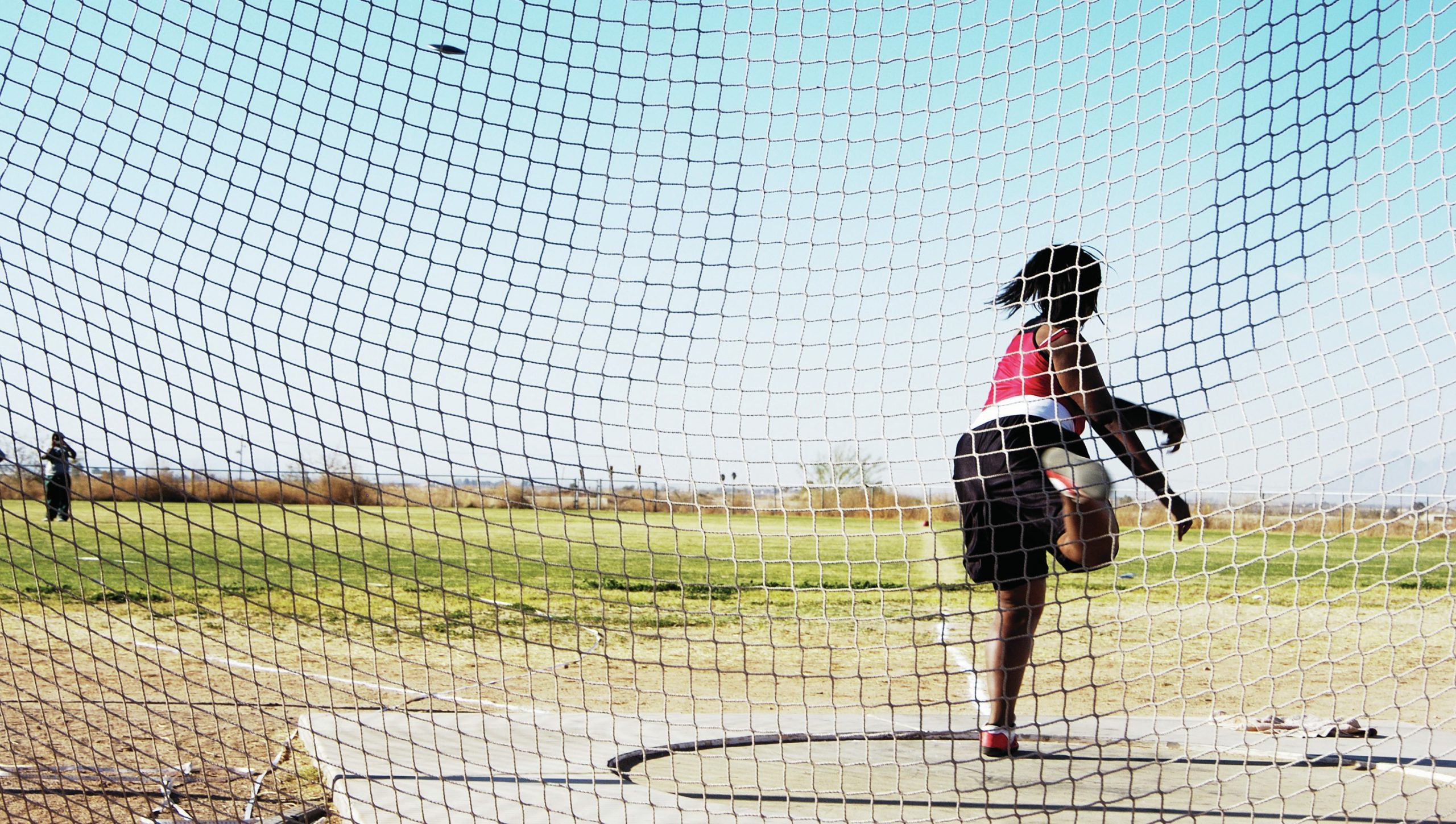
In the last Mathskit I explained how to resolve a force vector into two components at right angles, which could then be treated independently. In this issue I aim to show how another type of vector — velocity vectors — can be treated in the same way. The previous article dealt with static situations whereas this one is concerned with things that are moving — dynamic situations.
First, though, I set a little challenge at the end of the last article. I suggested you calculate the forces in two ropes that are at an angle of 150° apart, with an 800N caver suspended from them. Of course, the scenario is open to interpretation as there are a number of different arrangements that satisfy the specification. Figures 1 and 2 show just two of them.
Your organisation does not have access to this article.
Sign up today to give your students the edge they need to achieve their best grades with subject expertise
Subscribe




